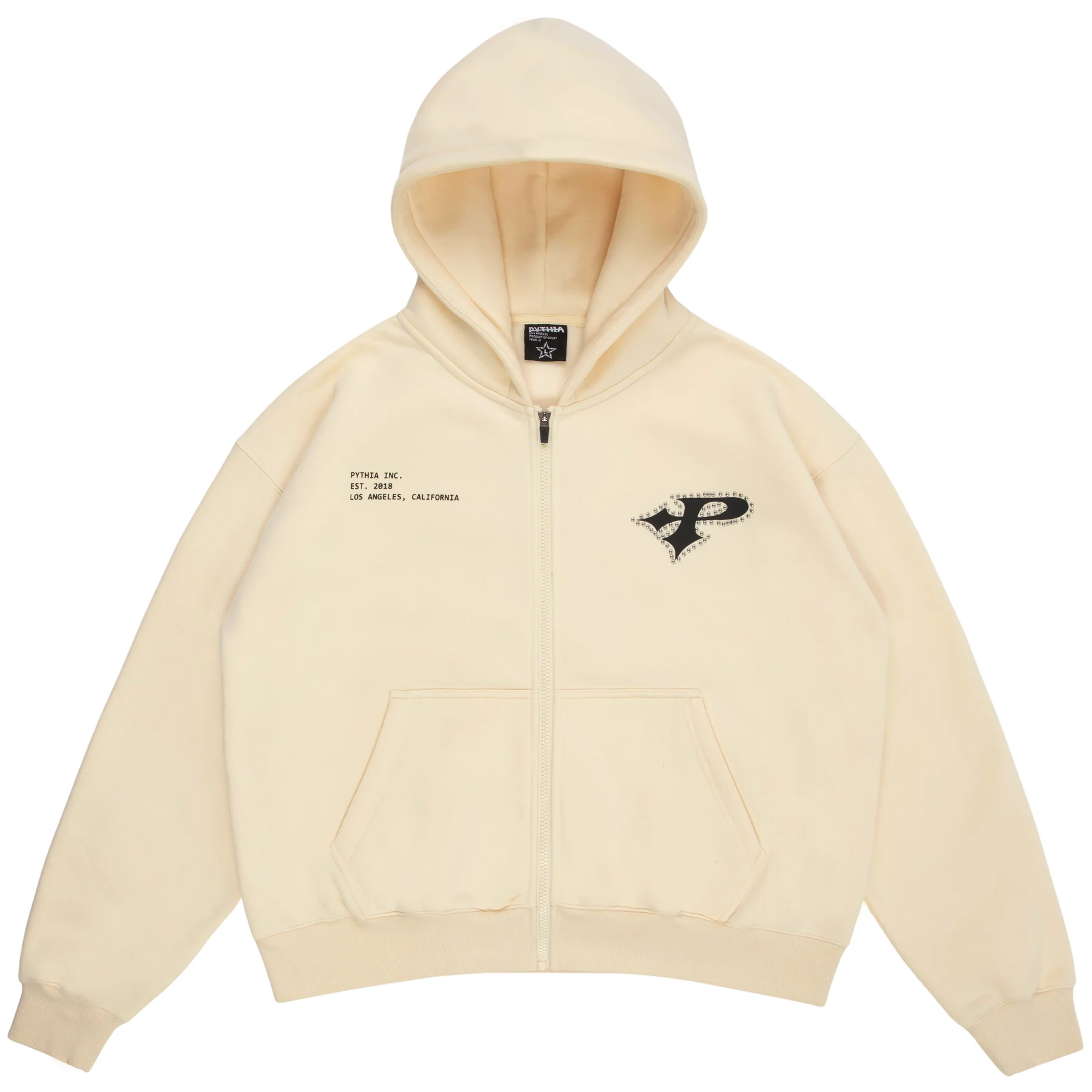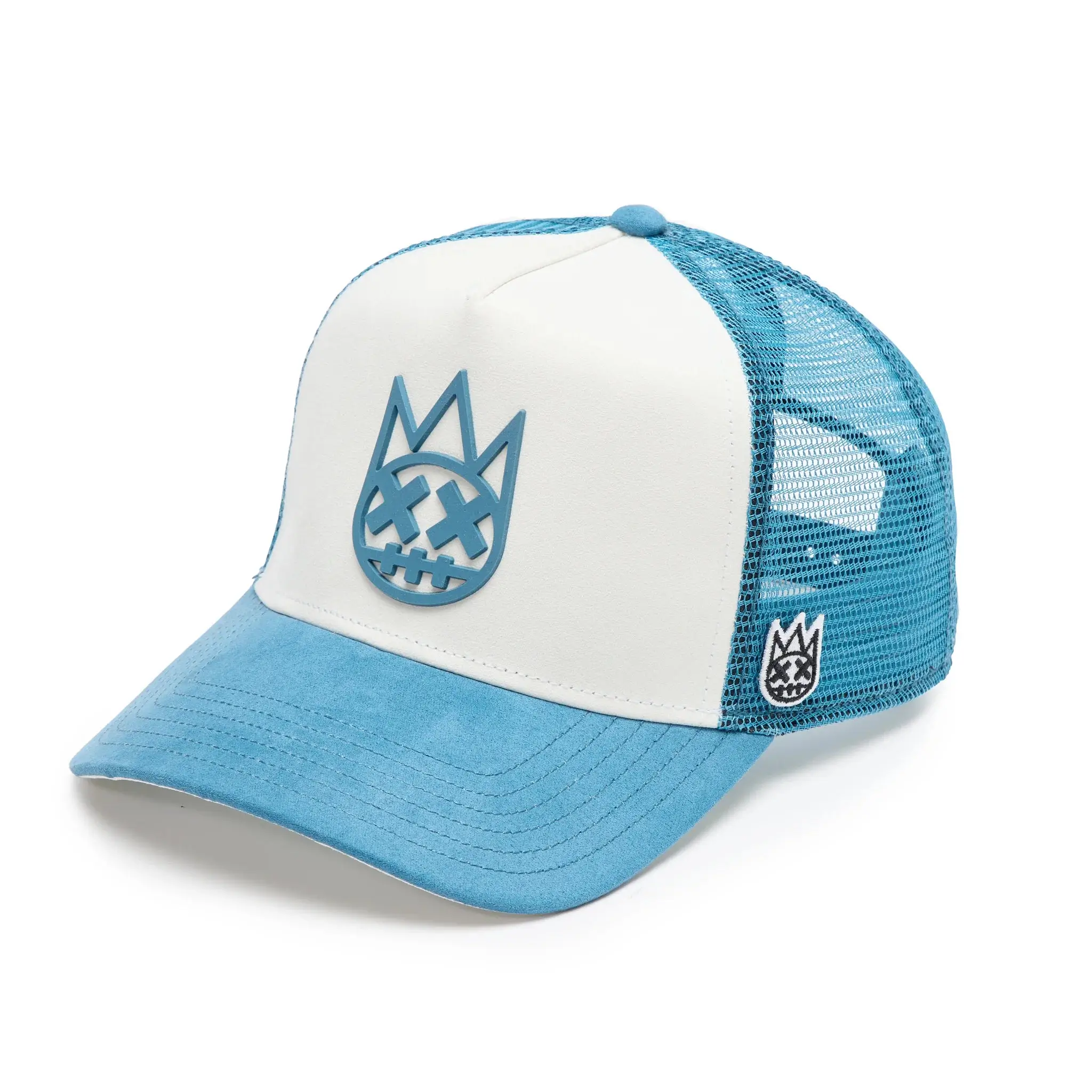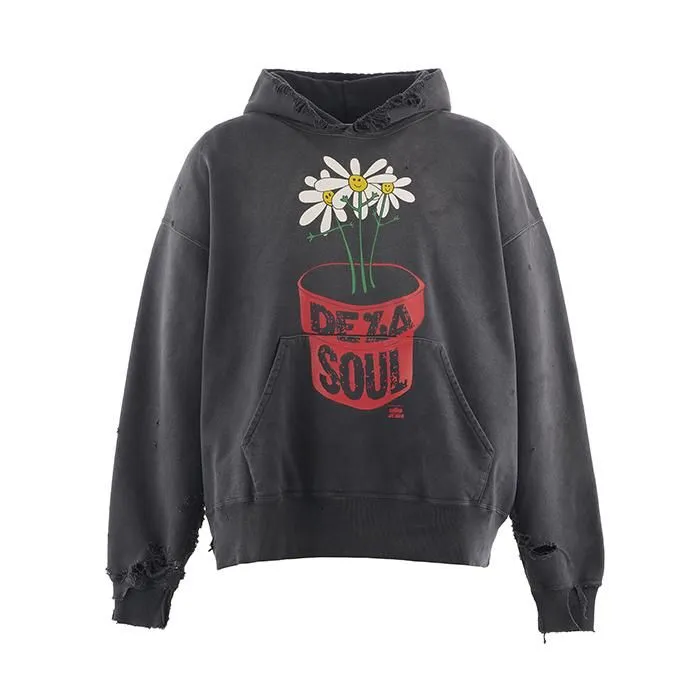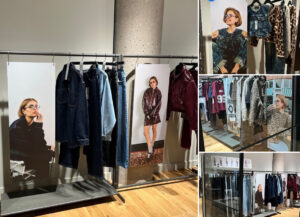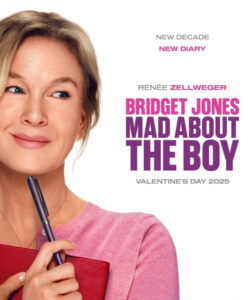“The past is not behind us; it’s waiting to be re-coded.” — Egonlab Manifesto, 2021
In the baroque underbelly of Paris’s Hôtel de Sully courtyard, where time seems carved into limestone, Egonlab unspooled its Spring/Summer 2026 collection—an experience less like a fashion show and more like a ritual exorcism of binary form. Drawing on European history, cybernetic futurism, and the emotional subtext of adolescent rebellion, Egonlab reasserted itself not just as a brand, but as a cultural seismograph reading the fault lines of a shifting world.
This season’s show—entitled “Orpheus.exe”—was part theater, part techno-ball, and part soft revolution. Through its uniquely sculptural tailoring, metallic textures, translucent overlays, and cyber-mythological ambiance, the collection synthesized gender fluidity with warrior romanticism, as if Jean Cocteau had been resurrected in a Balenciaga archive and handed a 3D printer.
EGONLAB: WHO THEY ARE, WHAT THEY MEAN
Since their breakout in 2020, Egonlab—founded by Egon Di Francesco and Florentin Glémarec—has been a disruptive force within French fashion. Known for fusing punk romanticism with sociopolitical commentary, the brand has always functioned like an editorial more than a label: part archive, part utopian proposition.
Their earlier seasons have explored masculinity in crisis, millennial nostalgia, renaissance queer futurity, and the aesthetics of non-binary revolt. But SS26 is their most unashamedly mythic to date—scripting an alternate future through the lens of mythical memory, historical armor, and digital adolescence.
THE VENUE: A HAUNTED COURTYARD BECOMES A RUNE
Egonlab’s choice of venue for SS26 was no accident. The Hôtel de Sully, a 17th-century Parisian hôtel particulier with hedged gardens and vaulted arcades, acted as the perfect stage for their modernist baroque. Spotlights lit the arches like cathedral altars; a cold synth-harp soundtrack echoed like an abandoned opera house. Models emerged not from behind a curtain, but from inside the manicured labyrinth, as if summoned by code.
The effect was architectural time travel: Versailles meets Tokyo 2046. In this sensory tension, Egonlab asked a core question—what does soft power look like when tradition collapses?
LOOKS AND LINES: BETWEEN ARMOR AND EXPOSURE
At the heart of the collection was a philosophical tension between concealment and exposure, between the armored body and the emotional soul. The first look—a translucent violet tunic layered over sculpted aluminum breastplates—set the tone. It was an exoskeleton of vulnerability. Later came corseted jackets with brutalist hardware, shimmering netted trousers, and a procession of fluid shirting pierced with neo-medieval chainmail.
Key motifs:
-
Modular tailoring: Suits could be unbuttoned into fragments, allowing wearers to reconstruct them as capes, kilts, or vests.
-
Chromatic armor: Mirrored chest pieces and shoulder plates in gold, rose copper, and oxidized pewter reimagined chivalry for the club generation.
-
Digital textiles: Heat-reactive fabrics shifted hue under spotlights, turning pastel lilac to molten copper in seconds.
-
Queer silhouettes: Garments embraced hips, opened at the clavicle, or flared like ecclesiastical robes—defying the gendered geometry of traditional fashion.
The color palette moved from black and rust to pearlescent bone, orchid, and citrine. Androgynous models walked slowly, as if in a trance, crowned with LED-wired laurels that glowed like ceremonial halos. The choreography evoked ritual rather than runway—a procession rather than a presentation.
REFERENCES: WHERE MYTH MEETS MATRIX
Egonlab’s genius lies in the way it hybridizes aesthetic languages. Here, the influences collided like a database in meltdown.
-
Orpheus: The myth of the doomed poet-lover—who tried to rescue Eurydice from the underworld—is invoked not in Greek drapery, but in cyber-rituals and techno-dirges. Several models carried mirrored lyres and had laurel tattoos drawn in silver foil.
-
Baroque Catholicism: The gold-trimmed robes and layered lace veils nodded to ecclesiastical vestments, but deconstructed into BDSM-like harnesses.
-
Early internet futurism: Graphics on capes resembled pixelated ruins. One sheer tunic had embroidered “/404 Heaven Not Found/” on the back.
-
Japanese samurai aesthetics: Cutwork kimonos appeared alongside oversized hakama trousers—warrior codes reimagined in satin and latex.
The result? A semiotic stew, where every look felt both historical and post-human.
THE EGONLAB ETHOS: GENDER, REBELLION, AND THE SOFTENING OF POWER
At a time when fashion is becoming increasingly performative, Egonlab holds fast to sincerity. Though the silhouettes are theatrical, the emotions are raw. This SS26 collection is not about spectacle—it’s about tenderness in an age of aggression.
There is no traditional menswear or womenswear here. Instead, garments evoke the adolescent dream of dressing as who you want to be—not who you’re told to be. As Glémarec said in a post-show interview:
“Armor, to us, is not to protect from war—it’s to contain your own sensitivity.”
Their decision to cast queer and trans models, as well as older dancers, emphasized that identity is both performed and perpetual. Clothing, in the Egonlab world, is not costume—it’s codex.
FASHION HISTORY: ARMOR IN RUNWAY LANGUAGE
Egonlab is not the first designer to merge armor with intimacy. From Paco Rabanne’s chainmail dresses in the 1960s to Alexander McQueen’s gothic body-plates in the 1990s, designers have long used armor to comment on vulnerability, strength, and societal expectation.
In recent years, brands like Iris van Herpen, Craig Green, and Ludovic de Saint Sernin have also played with the theme. But where others emphasize aggression or fetish, Egonlab emphasizes metamorphosis. Their armor is not about keeping others out—it’s about keeping one’s essence in.
RECENT TRENDS: POST-PANDEMIC EXCESS AND DIGITAL ESCAPISM
The fashion world, post-2020s, has undergone a seismic shift. As digital fashion, AI styling, and climate-conscious minimalism have taken hold, many luxury brands now oscillate between techno-pragmatism and camp escape. Egonlab’s SS26 collection sits at the nexus of these trends.
Observed trends in context:
-
Hyper-physicality: In contrast to the metaverse, Egonlab’s textures are tactile—mesh, lace, burnished metal. It insists on presence.
-
Modularity: Inspired by wearable tech and gaming skins, the clothing encourages interactivity and transformation.
-
Neo-romanticism: As dystopias proliferate in media, fashion is embracing fantasy again. Egonlab’s SS26 echoes the literary resurgence of gothic, mythic, and romantic genres.
This isn’t fashion for Zoom—it’s fashion for IRL dreamers.
CRITICAL RECEPTION: “A POEM IN CODE”
Initial reviews of the show have been rapturous. Vogue Paris called it “a poem in code, written in velvet and silver.”Dazed and Confused described it as “baroque cyberpunk with the soul of a love letter.” But what resonated most with critics and audiences alike was Egonlab’s ability to feel both radical and rooted. They are not throwing away history—they’re hacking it.
A few critics raised questions about sustainability. While some of the materials were upcycled or lab-grown, others—such as aluminum plating and synthetic sheers—raised ecological eyebrows. Still, Egonlab announced they’ll release a companion digital capsule version via The Fabricant, suggesting an awareness of evolving climate-tech intersections.
DBT: FROM COUTURE TO CULTURE
The SS26 collection feels like a pivot. Less wearable than previous seasons, more conceptual—but also more mature. Egonlab is evolving from cult favorite to cultural force. Their designs are already being picked up by stylists for music videos, gender-fluid celebrities, and museum installations.
If past seasons built the language, SS26 is the poetry.
Expect to see elements of this collection—metal corsetry, iridescent veils, modular jackets—trickle down into ready-to-wear by 2026. Egonlab may be ahead of the curve, but the world is catching up.
Impression
Egonlab’s Spring/Summer 2026 collection isn’t just about what we wear. It’s about what we remember. What we feel. What we long to become. It proposes a new mode of being—where armor is fluid, gender is infinite, and beauty is coded in contradiction.
As the final model stood still beneath the colonnade, with metallic wings folded behind them like a fallen techno-angel, one thing became clear:
Egonlab isn’t just dressing bodies.
They’re awakening souls.
No comments yet.



